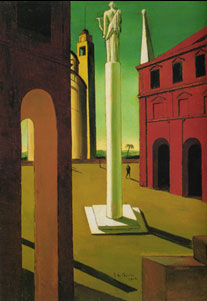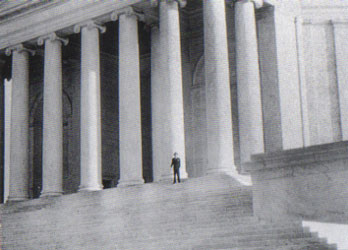 |
||||||||||||||||
| |
|
|
|
|
|
|
|
|
||||||||
 |
|
 |
|
 |
|
 |
|
|
||||||||
| |
|
|
|
|||||||||||||
| |
|
|
|
|
|
|
|
|
|
|
|
|
|
|
|
|









Giorgio
De Chirico, Piazza d’Italia
(Autumn Melancholy), 1914
(Autumn Melancholy), 1914
Robert
Walker in Strangers on a Train, 1951
|
|||||||||||||||||||||||||||||||||||||||||||||||||||||||||||||||||||||||||||||||||||||||||||
 |
|||||||||||||||||||||||||||||||||||||||||||||||||||||||||||||||||||||||||||||||||||||||||||
      |
|||||||||||||||||||||||||||||||||||||||||||||||||||||||||||||||||||||||||||||||||||||||||||
 |
|||||||||||||||||||||||||||||||||||||||||||||||||||||||||||||||||||||||||||||||||||||||||||
 |
|||||||||||||||||||||||||||||||||||||||||||||||||||||||||||||||||||||||||||||||||||||||||||
|
Giorgio
De Chirico, Piazza d’Italia
(Autumn Melancholy), 1914 |
Robert
Walker in Strangers on a Train, 1951
|
||||||||||||||||||||||||||||||||||||||||||||||||||||||||||||||||||||||||||||||||||||||||||
| Monumental settings have always been important parts of Hitchcock’s films. These settings find precedence in the metaphysical architecture of Girogio De Chirico’s paintings. De Chirico was born to Italian parents in Volos Greece in 1888. His metaphysical paintings, which often contained deserted theatrical and surreal urban landscapes, were a large influence on later surrealist artists including Salvador Dali and Rene Magritte. De Chirico’s hauntingly empty Piazza d’Italia seems as though it could be a model for the scene in which Bruno stalks Guy in Strangers on a Train. The monumental scale of the architecture in both intimidates the viewer and the repeated lone figure appears as an ominous blemish on the landscape, especially with Bruno’s black suit contrasted against the untainted white background. | |||||||||||||||||||||||||||||||||||||||||||||||||||||||||||||||||||||||||||||||||||||||||||
|
|
|||||||||||||||||||||||||||||||||||||||||||||||||||||||||||||||||||||||||||||||||||||||||||